Principal Osteopath, Adam Balderstone recently spent two days at the COPA Series, held annually at the London ExCeL. It’s a huge expo aimed at everything and anything to do with physical therapy and it’s a great place to see the new techniques, theories, products and services available.
Hyperbaric Oxygen Therapy (HBOT) is probably best known for it’s use in curing ‘The Bends’ in divers who have ascended to sea level too quickly following deep, sustained dives. These days, the therapy is used to treat a range of conditions. It works on the principle that, by using high pressure, additional amounts of oxygen are forced into the blood stream. High pressure means more oxygen is taken up and therefore disseminates further into the tissues the blood vessels serve.
Hyperbaric Oxygen Therapy (HBOT) is probably best known for it’s use in curing ‘The Bends’ in divers who have ascended to sea level too quickly following deep, sustained dives. These days, the therapy is used to treat a range of conditions. It works on the principle that, by using high pressure, additional amounts of oxygen are forced into the blood stream. High pressure means more oxygen is taken up and therefore disseminates further into the tissues the blood vessels serve.
The results have been impressive enough that many health insurance policies now cover HBOT for the treatment of a variety of conditions including:
It has also been reported to provide tangible benefits in the treatment of symptoms of:
.....and many other conditions too. It’s also becoming increasingly widely used by elite athletes to improve healing and recovery times, and help with endurance and performance.
A number of workshops were on offer too and Adam completed a number of these where he both was able to try out the techniques as well as experience them for himself. One such workshop was run by Ruth Duncan, Sports Therapist and Advanced Myofascial Release Practitioner at Myofascial Release UK (MFR UK).
- Diabetic neuropathy
- Gangrene
- Air embolism
- Crush injury
- Carbon monoxide poisoning
- Wound healing
- Osteomyelitis
- Compromised skin grafts
It has also been reported to provide tangible benefits in the treatment of symptoms of:
- Dementia & Alzheimer’s
- Chronic fatigue
- Lyme
- Austism
- Rheumatoid arthritis
- Post surgical healing
.....and many other conditions too. It’s also becoming increasingly widely used by elite athletes to improve healing and recovery times, and help with endurance and performance.
A number of workshops were on offer too and Adam completed a number of these where he both was able to try out the techniques as well as experience them for himself. One such workshop was run by Ruth Duncan, Sports Therapist and Advanced Myofascial Release Practitioner at Myofascial Release UK (MFR UK).
It’s always helpful to revisit techniques and this workshop proved particularly beneficial. Adam tried it on someone with restricted movement in the shoulder and by the evening, movement was restored, described as uncomfortable, but completely doable and manageable!
| At the show was long-standing client and friend of Stockwood Osteopathic Clinic, Sarah Marsh-Collings from Babelmonkey: Digital Marketing Management. She had fallen over that morning out running and had compromised her left ankle which was swelling impressively. This seemed the ideal opportunity to investigate Shockwave Therapy (SWT), another prominently featured therapy at the show. "I’ve been considering introducing Shockwave Therapy to the treatment offerings at Stockwood clinics for a few months now, so this was an ideal opportunity to see it in action. I was impressed by the effect it had both in terms of perceived pain reduction and swelling reduction." - Adam Balderstone, Principal Osteopath, Stockwood |
| Shockwave is an acoustic wave carrying high energy to problem areas. The defining characteristics of a shockwave are the shape of the pulse and the pressure it delivers. The idea is the shockwaves help to disperse a neurotransmitter (Substance P) that acts on c-fibres, the fibres that carry sensory information, thus helping with pain relief. Shockwave Therapy promotes new tissue growth in much the same way lifting weights allows you to develop bigger muscles. SWT encourages collagen production as well dissolving calcium build up which occurs often when there has been a traumatic injury to an area. Breaking these deposits down helps blood, oxygen and healing nutrients flow back to the affected area and so aid the healing process. SWT machines allow both pressure and frequency of the shockwaves to be altered and this allows the Practitioner to tailor the treatment to the area and type of injury. |
Another seminar that proved interesting was The Barefoot Elephant - Barefoot Running versus Orthoticstalks. Adam has recently completed a popular Couch to 5k programme in barefoot running shoes. The talk, delivered by Paul Holbrough, Physiotherapist, DJO UK, was thought-provoking, however the one take-away that stood out was basically.....with the exception of Zola Budd, you don’t see elite athletes running barefoot.
So, over too soon (there are always tough choices to make between which seminar to attend as there are so many valuable and interesting ones on offer). It will be great to see what next year brings.

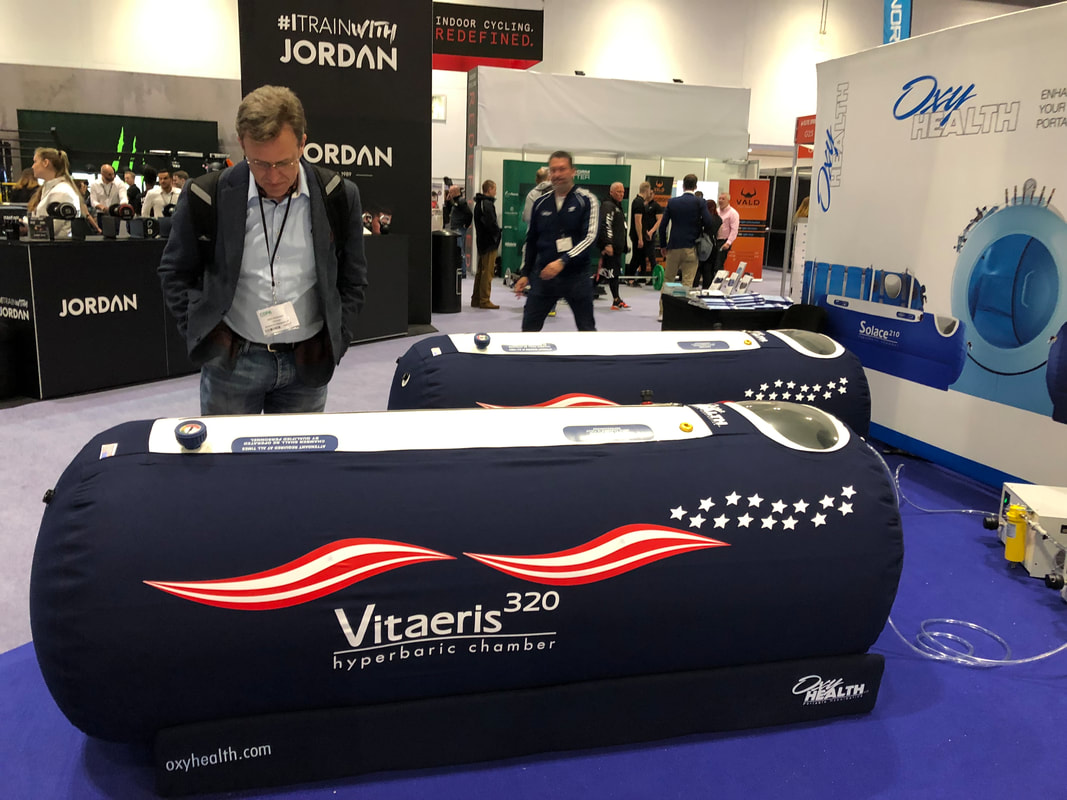
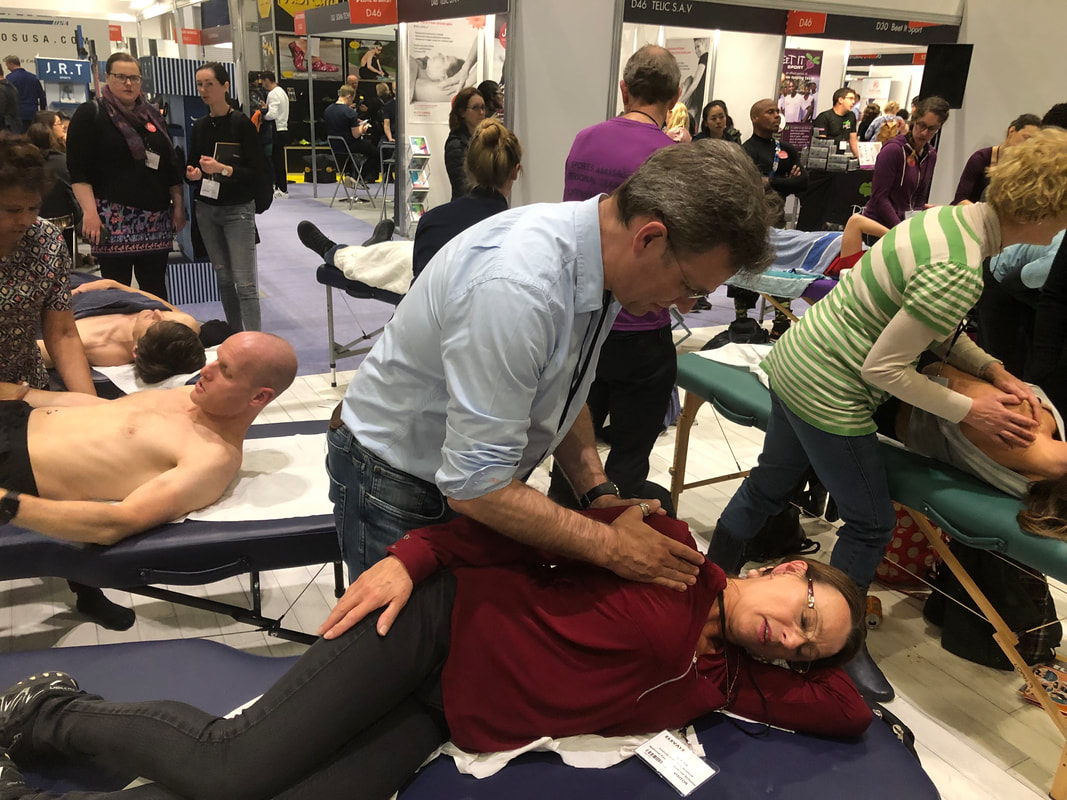
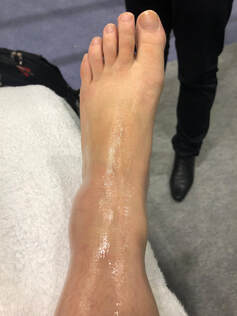
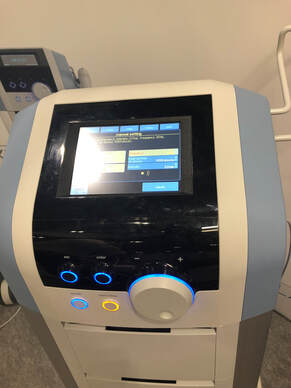
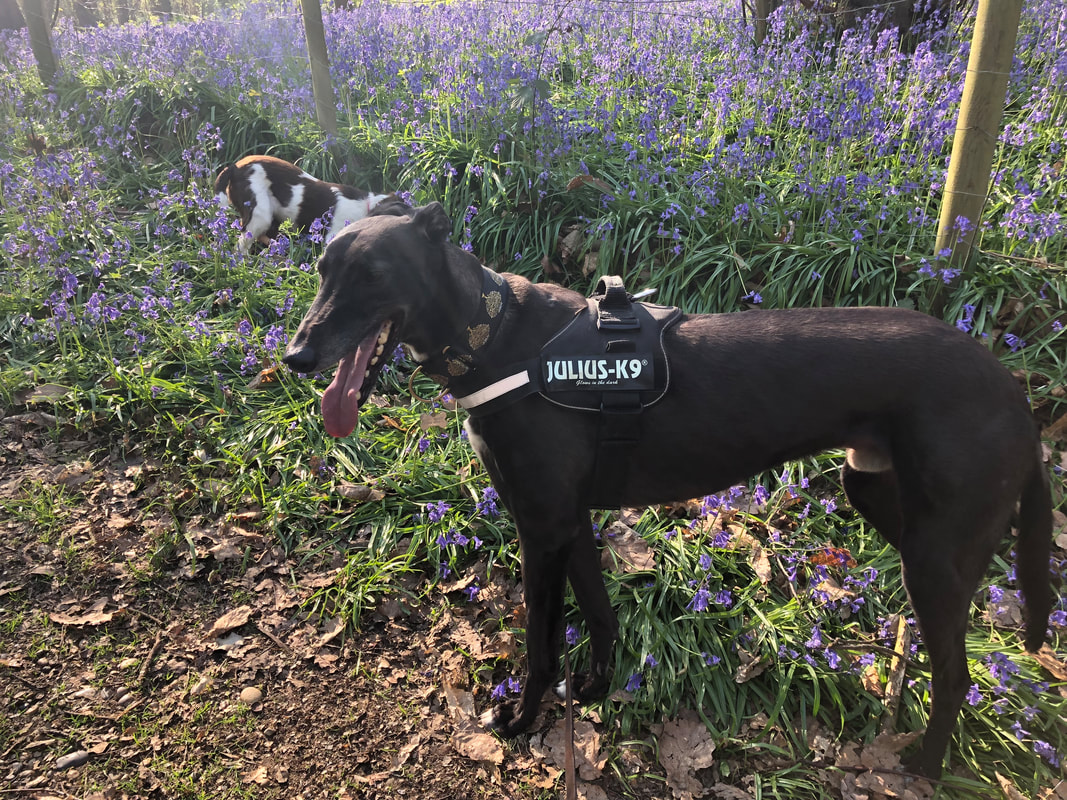
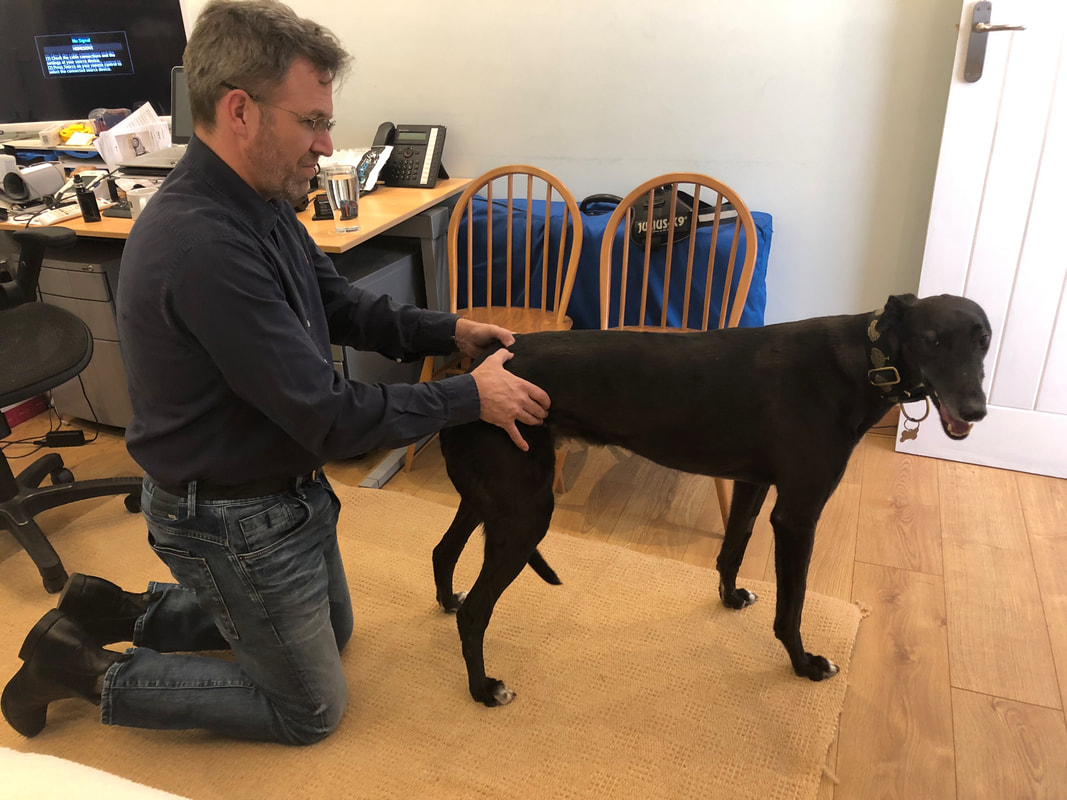
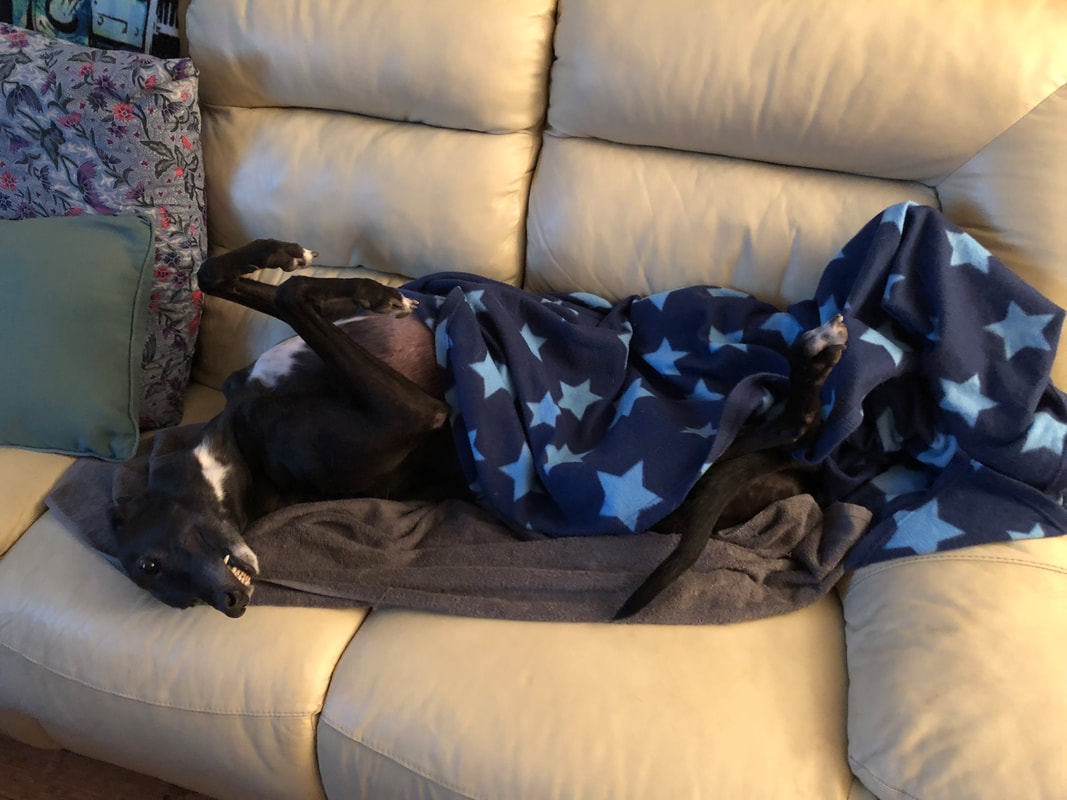
 RSS Feed
RSS Feed
